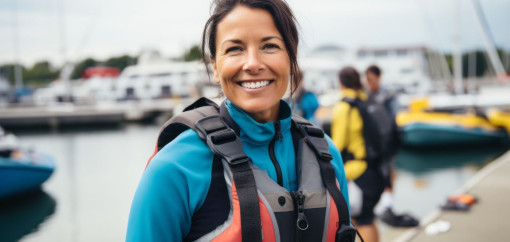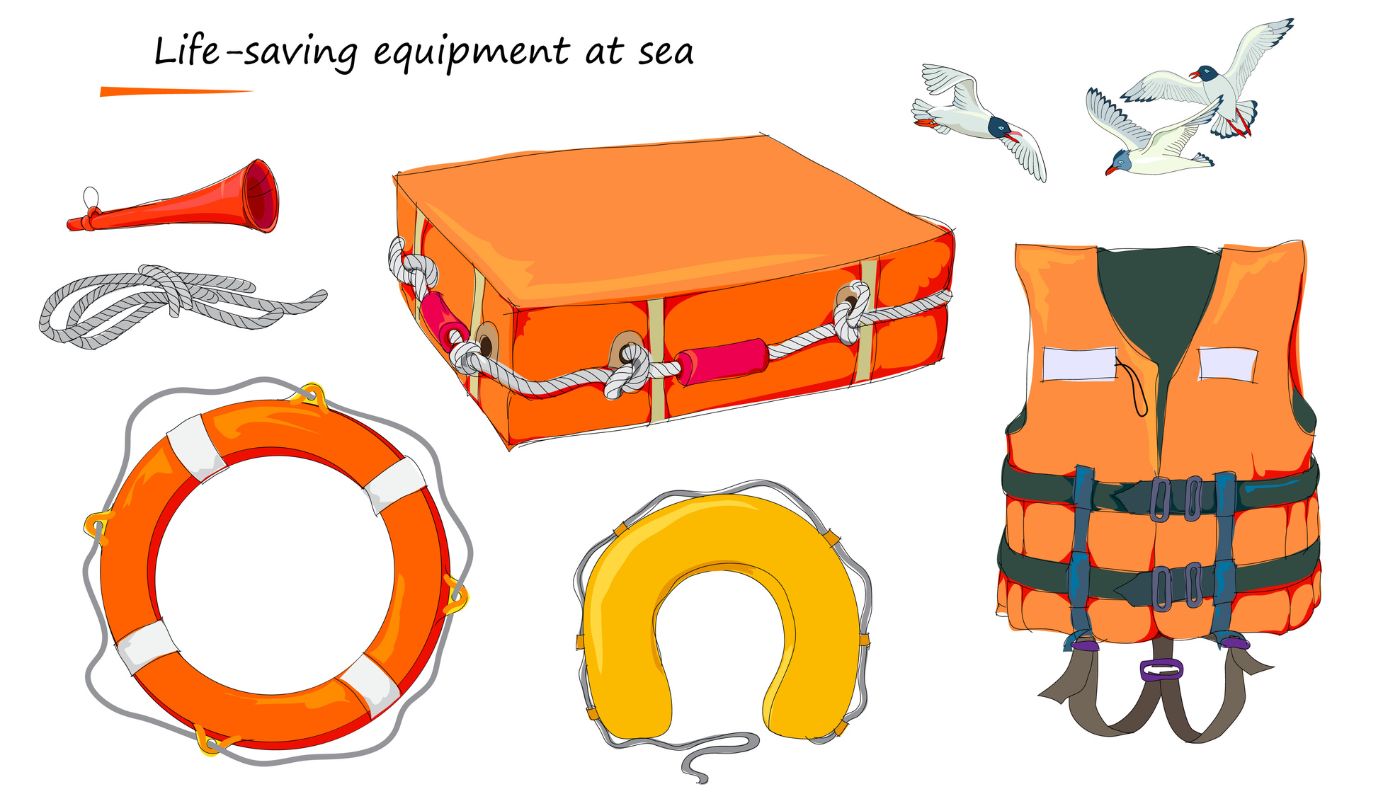Yacht charter tips: Safety on board
- 19913
- 6

- -
The following are general safety on board guidelines, and sailing trips in more extreme conditions will require their own additional precautions, but these few tips should ensure that you set off knowing how to avoid the more preventable situations.
First, as basic as this may seem, ensure that you and everyone on board (including children) know where everything is: dinghy, life jackets (so called Personal Floatation Devices, or PDFs), radio transmitter, fire extinguishers, first aid kit.

A good thing to remember is however that emergencies such as fires, collisions, storms, are extreme as they are rare, and that the greatest number of fatalities actually tend to occur when people least expect it, e.g. when they fall off boats relatively near the shore, even in calm water. So wearing a PDF is probably the single most effective prevention measure in avoiding these, and while perhaps not when just sitting on decks enjoying the sun or having dinner, at a minimum they should be worn whenever people are moving about on the boat, getting ready to dock or set off, pulling ladders up or down, etc.
Indeed anyone who can’t swim should wear a life jackets all the time, if there is a risk of falling in the water. Do enquire whether life jackets for children are available on the boat, and if not be sure to bring your own.
Secondly, know when and how to use them, this can be done via a demonstration or a video tutorial on how to wear life jackets, how to retrieve and use the dinghy, how to evacuate the boat. The skipper should also check that all on board know how to start the engine, how to send a Mayday and make all aware on any boat hazards. Health and safety manuals will be available on the boat, familiarize yourself with them.
A good thing to remember is however that emergencies such as fires, collisions, storms, are extreme as they are rare, and that the greatest number of fatalities actually tend to occur when people least expect it, e.g. when they fall off boats relatively near the shore, even in calm water. So wearing a PDF is probably the single most effective prevention measure in avoiding these, and while perhaps not when just sitting on decks enjoying the sun or having dinner, at a minimum they should be worn whenever people are moving about on the boat, getting ready to dock or set off, pulling ladders up or down, etc. Indeed anyone who can’t swim should wear a life jackets all the time, if there is a risk of falling in the water. Do enquire whether life jackets for children are available on the boat, and if not be sure to bring your own.
Care should also always be taken when at anchor, transferring to and from a tender or when walking to and from a boat along a pontoon.
And while the sun and the sea work their magic on our minds, our bodies also require extra care. Ensure to keep hydrated by drinking enough water (in sea water and in the sun our bodies need more fluids, so we need to drink more water than we would normally drink), and to avoid the risk of sun stroke and sunburns by wearing sun protection - a high SPF cream, a hat and sunglasses should do the trick.
Hypothermia is also something to be considered, particularly when traveling in colder climates or water, and/or being out at sea for longer periods. Prevention is wearing the right clothes for the elements: windproof and waterproof clothing, and warm clothing such as wool and polypropylene, should be in your luggage whatever climate you sail in. And for those planning to be in water for long periods of time, dry and wetsuits are also to be considered.

Lastly make sure you plan in advance (of course this will be the captain’s role) and that you keep someone on the ground informed of your itinerary/plans. All vessels are of course fitted with communication devices, and mobile phones can also come useful.
The sea and the sun are a magical, blissful and energizing combination, but they are also mighty forces and therefore require our utmost respect – although there is no need to go overboard with safety concerns (of course there are risks involved in everything we do!) being aware of them, and therefore knowing how to minimize them, will ensure a safe and enjoyable trip for all. Remember, out at sea preparation is everything!
For more information on safety on board you can visit:
http://www.rya.org.uk/infoadvice/safetyinfo/Pages/default.aspx

